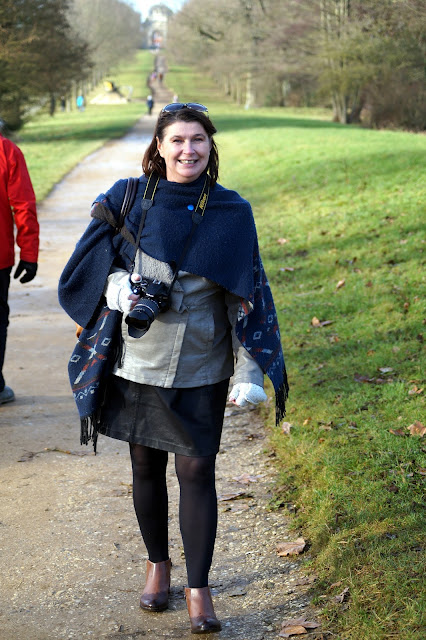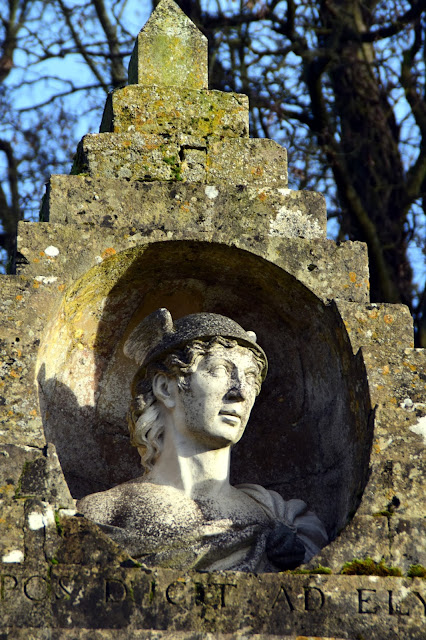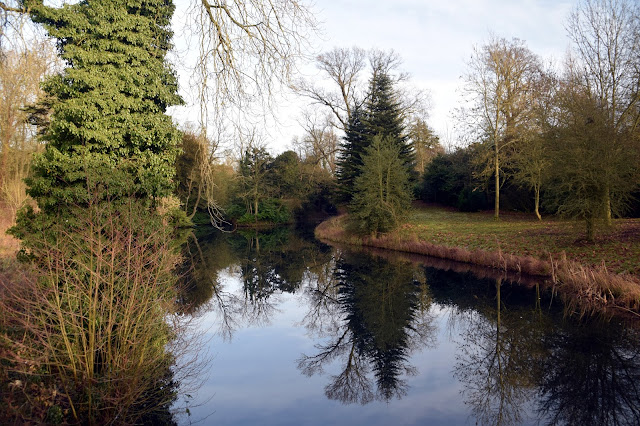The landscape garden at Stowe is one of the most remarkable legacies of
Georgian England. Created by Viscount Cobham in the grounds of his
family home from 1717, it reflected a programme of ideas based on
Cobham’s hugely influential network of political affiliations.
In its fastest period of growth, Stowe built up gradually over a period
of nearly 30 years with the skills of world renowned gardeners and
architects. Throughout the decades, lakes were created by hand, mature
trees planted and countless temples and monuments were built.
The gardens and parkland were controversially expanded to swallow much
of the nearby villages of Boycott, Dadford and Lamport. Two of these are
remembered in the gardens by the Boycott Pavilions and the Lamport
Gardens. Lord Temple was keen to surround the gardens in a large Deer
park. It had multiple purposes, allowing existing views to be extended
and protected from development, give hunting opportunities to provide
the family with meat and also to enhance the social status of the
family.
After the death of his father Sir Peter Temple, the estate was
inherited by Sir Richard Temple. As the fourth owner, he began to
develop the gardens until 1683 when a large and impressive new house was
completed on the current location. The original house, designed by
William Cleare was on a much smaller scale with many alterations made
over the years to expand and develop the overall appearance and scale.
Eventually the central house had almost tripled in size to a point where
even Queen Victoria was jealous.
[https://www.nationaltrust.org.uk/stowe/features/history-of-stowe]
 |
| Lord Chathans's Urn |
 |
| Stowe House |
The Eleven Acre Lake at Stowe
 |
| Temple of Venus |
 |
| Eleven Acre Lake |
 |
| Statue of Queen Caroline |
 |
| Rotunda |
the Octagon Lake at Stowe
 |
| St Mary's Charch |
 |
| Temple of Ancient Virtue |
 |
| Shell Bridge |
The Shell Bridge Stowe
The Temple of British Worthies
 |
| Gothic Temple |
 |
| Palladian Bridge |
 The Palladian Bridge and Gothic Temple at Stowe
The Palladian Bridge and Gothic Temple at Stowe



























































































No comments:
Post a Comment